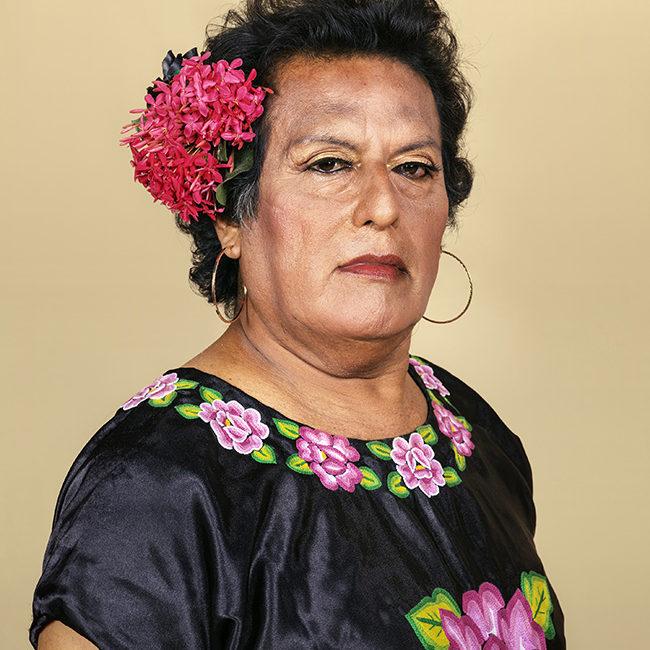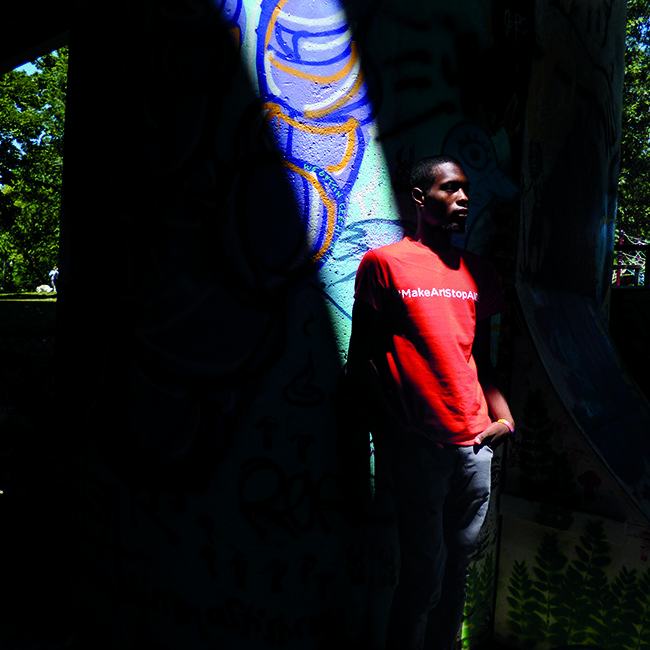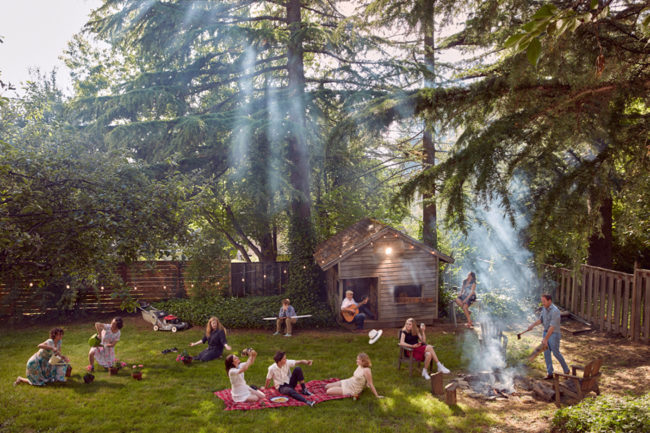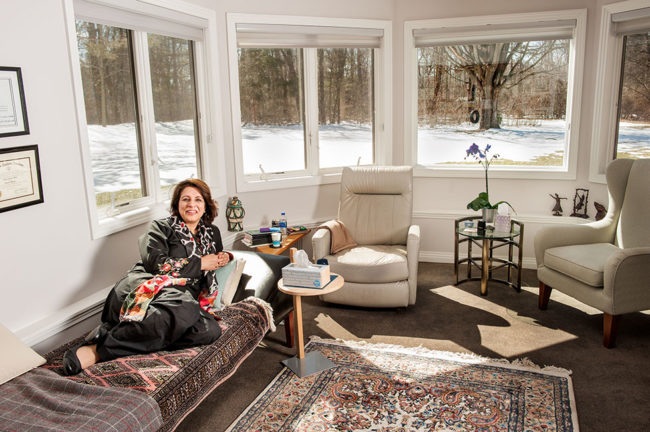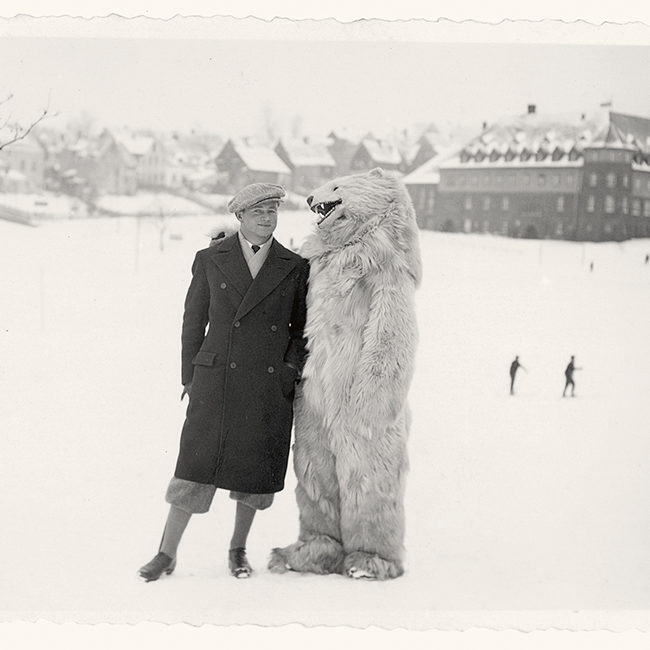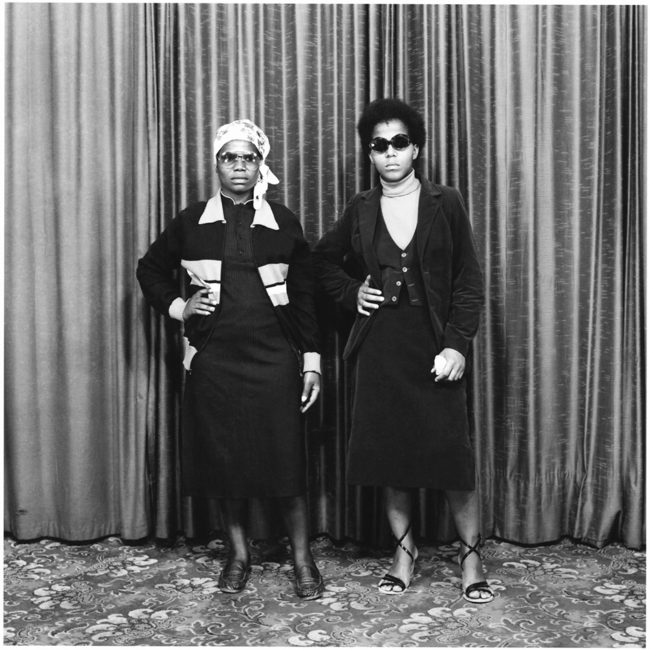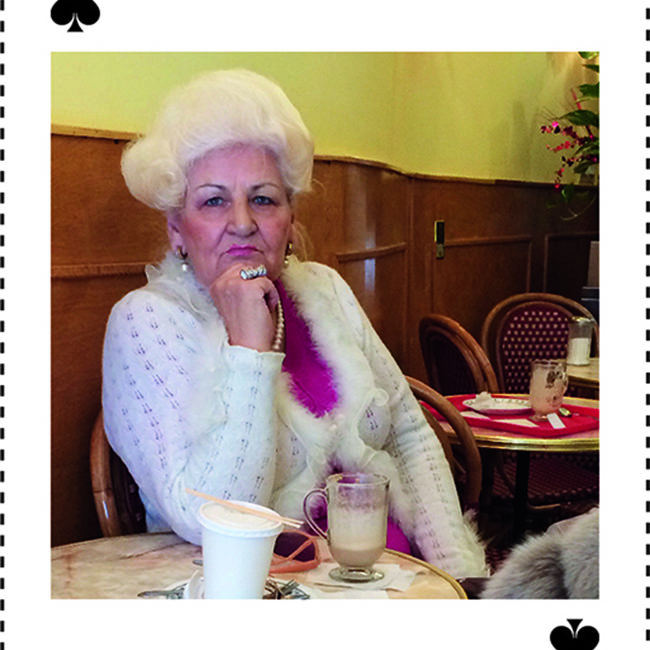Karolin Klüppel’s “Kingdom of Girls,” published by Hatje Cantz, brings the normally private, imaginative moments of adolescent girls into the public. The girls pictured live in a ninety-five house village called Mawlynnong in far Northeast India and are Khasi, one of the only matrilineal ethnicities in South Asia.
Over the course of ten months between 2013 and 2015, Klüppel captured the daughters of families who, unlike most of India, don’t know arranged marriages. Women have the right to choose partners and the coalescing and dissolving of marriage is common and not taboo. Management of expenses and ownership of the house, land, and household items rests in the hands of the women. Many of the girls Klüppel photographed will eventually inherit this family property.
Mawlynnong is not a utopia. Income and resources are scarce and conflicts rise because men do not have the same rights as women. “In this way, the Khasi resemble every other society where rights are not equally distributed,” writes Klüppel in the introduction to the book.
“In Khasi culture, women and girls have a special standing in society and, of course, this exceptional role ‘produces’ a great self-confidence,” says Klüppel in an interview. “I tried to capture this outstanding role somehow. I was so impressed by their self-assured appearance and thought this must be how matrilineage becomes visible.”
The girls, often pictured alone, are at play yet rarely smiling. Instead they offer a sense of belonging and introspection, perhaps coming from being at one with themselves and their environment.
In one image, a girl named Wanda is pictured on the stairs of a bamboo treehouse. Her light yellow dress matches the color of the trees’ fruits surrounding her. With a look of fearlessness, she stands at the helm of the thick canopy of trees and hills that surround her home, Mawlynnong.
At this young age the girls likely don’t grasp what it means to inherit property. “What is important is how they get treated by their parents and I am sure girls of the Khasi society get much more recognition from their families than girls in [much] of India,” says Klüppel. “How you get treated is how you feel about yourself, especially when you are a child.”
-Sarah Stacke
Related Articles
Growing Up and Growing Old
Delhi: Communities of Belonging
Picture Story: Karen Dias Explores Indian Schoolgirls’ Soccer Dreams (for PDN subscribers; login required)

